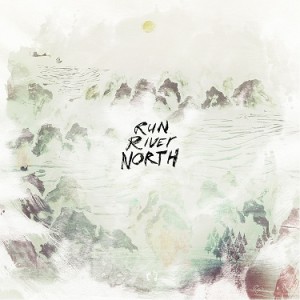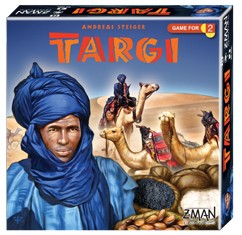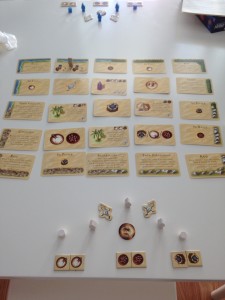Yesterday’s Klawchat transcript is up. I’ll be at Citi Field Saturday and part of Sunday for this year’s Metropolitan Classic tournament.
I received Charles Finch’s debut novel, A Beautiful Blue Death, as a gift for my birthday from someone who knows of my affinity for both detective novels and British literature, making it a potentially perfect fit, with reviews and pull quotes comparing its main character to Sherlock Holmes. With that leadup, you know I’m going to tell you that I hated this book for its dull-as-an-old-butterknife protagonist, formulaic plot, and obvious resolution. It’s a sappy trifle that I was sad to see has spurred six sequels in a matter of as many years.
The detective at the heart of the novel is the Victorian gentleman Charles Lenox, a man of leisure and broad knowledge and apparently some renown in London of the 1860s for solving difficult crimes, something we learn by frequent mention of these amazing feats of deduction – all seemingly non sequiturs that make no sense to the reader because they refer to events that never happened. More problematic is that Lenox is a damn bore. He’s too perfect – kind to everyone, thoughtful, sending anonymous gifts and donations to side characters who might otherwise make the reader sad – and has a strictly platonic relationship with the widow next door, Lady Jane. Lenox’s biggest flaw seems to be a habit of disappointing his travel agent, with whom he plans long international journeys only to cancel them, but he even sends the gentleman a £50 deposit just to make everything okay.
The story itself is fairly mundane, a slight twist on the formula that’s as old as Miss Marple – a murder in a closed house, with a limited number of suspects, one of whom will inevitably be killed in the middle of the book around the time that he becomes the primary suspect himself. The first murder is that of Prudence Smith, former lady’s maid to Lady Jane, later a maid in the house of George Barnard at the time of her death. Barnard had two nephews and three business or political acquaintances staying with him at the time, all of whom become suspects as well as one or two of the servants. Lenox dispatches his Jeeves-like butler on various fact-finding missions, gets assaulted by a pair of thugs who leave a cryptic message, then stumbles through a series of incorrect theories before arriving at the right one – little of which bears any resemblance to Holmes or any other “gentleman detective” of that era.
Dorothy Sayers created the archetypal gentleman detective with Lord Peter Wimsey, setting her character in interbellum London, but infusing his character with more complexity and even a few flaws, something Lenox lacks. Wimsey was wealthy with a patrician upbringing, but speaks in a lower-class vernacular. He suffers from shell shock (PTSD) after service in World War I, which redefines his relationship with his manservant, Bunter. Yet Sayers received criticism for making Wimsey too perfect, given his breadth of knowledge and talents, which grow over the course of the series. (Full disclosure: I read the first book, Whose Body?, didn’t love the ending, and haven’t picked up the second title.) Yet Wimsey is a train wreck compared to the pristine Lenox, whose character has no flaws and no exceptional strengths, making him the worst thing a fictional detective can be: Boring. Hell, even Holmes had his cocaine. Perhaps Lenox should give laudanum a try.
Next up: I’m slogging through Thomas Mann’s The Magic Mountain, only to learn yesterday that there’s a newer, better translation than the one I’ve got. I’m halfway done so there’s no point stopping now.






